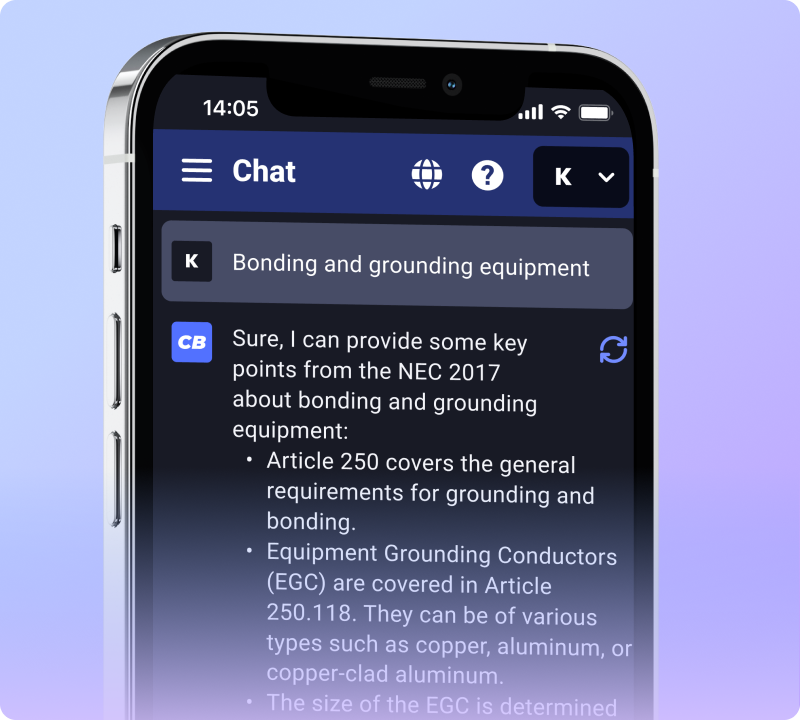Article 680 of the National Electrical Code (NEC) is dedicated to the electrical installations in swimming pools, spas, hot tubs, and similar constructions. This article addresses the unique safety challenges and requirements posed by these environments.
Key Aspects of NEC Article 680
- Scope and Coverage: NEC Article 680 covers a broad range of installations, including permanently installed swimming pools, storable pools, outdoor spas and hot tubs, and fountains.
- GFCI Protection: One of the critical aspects is the requirement for Ground Fault Circuit Interrupter (GFCI) protection for electrical equipment near water to prevent electrocution.
- Bonding and Grounding: Proper bonding and grounding of all metal components and electrical equipment are mandated to ensure safety and minimize the risk of electric shock.
- Wiring Methods and Materials: The article specifies acceptable wiring methods and materials, considering the proximity to water and potential chemical exposure.
- Overhead and Underground Wiring: It includes restrictions and guidelines on overhead and underground wiring in proximity to pools and spas.
- Lighting: Requirements for lighting fixtures, including location, type, and installation methods, to prevent shock and electrocution hazards.
- Distance from Water: Article 680 outlines specific distances that electrical equipment and outlets must maintain from the water’s edge to ensure safety.
Importance of Compliance
- Safety: Adherence to NEC Article 680 is crucial to prevent serious hazards like electric shock and electrocution in wet environments.
- Code Compliance: Following these guidelines is necessary for passing electrical inspections and adhering to local building codes.
Conclusion
Understanding and complying with NEC Article 680 is essential for anyone involved in the installation or maintenance of electrical systems in swimming pools, spas, and similar environments. This article is a cornerstone for ensuring safety in areas where water and electricity intersect.
Note: The content provided is based on NEC Article 680 as of April 2023. For the latest regulations and detailed application, consult the most current NEC edition or a professional electrician.


